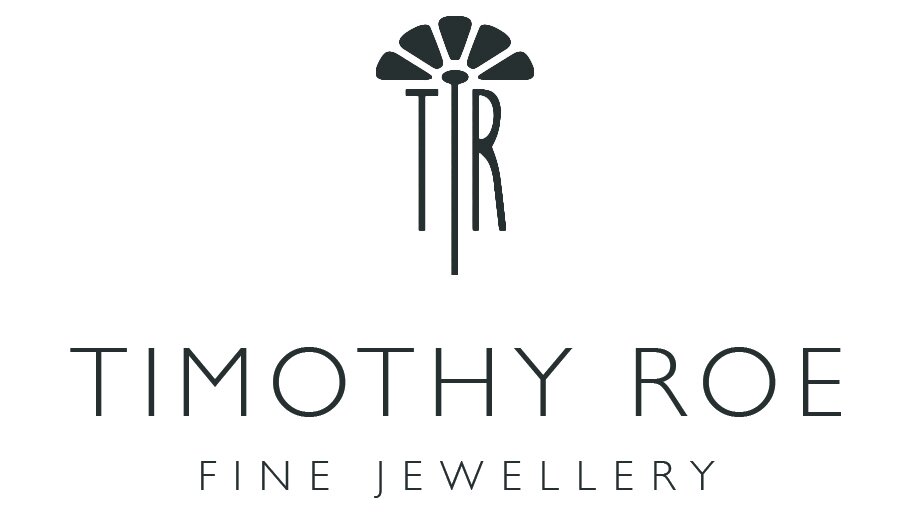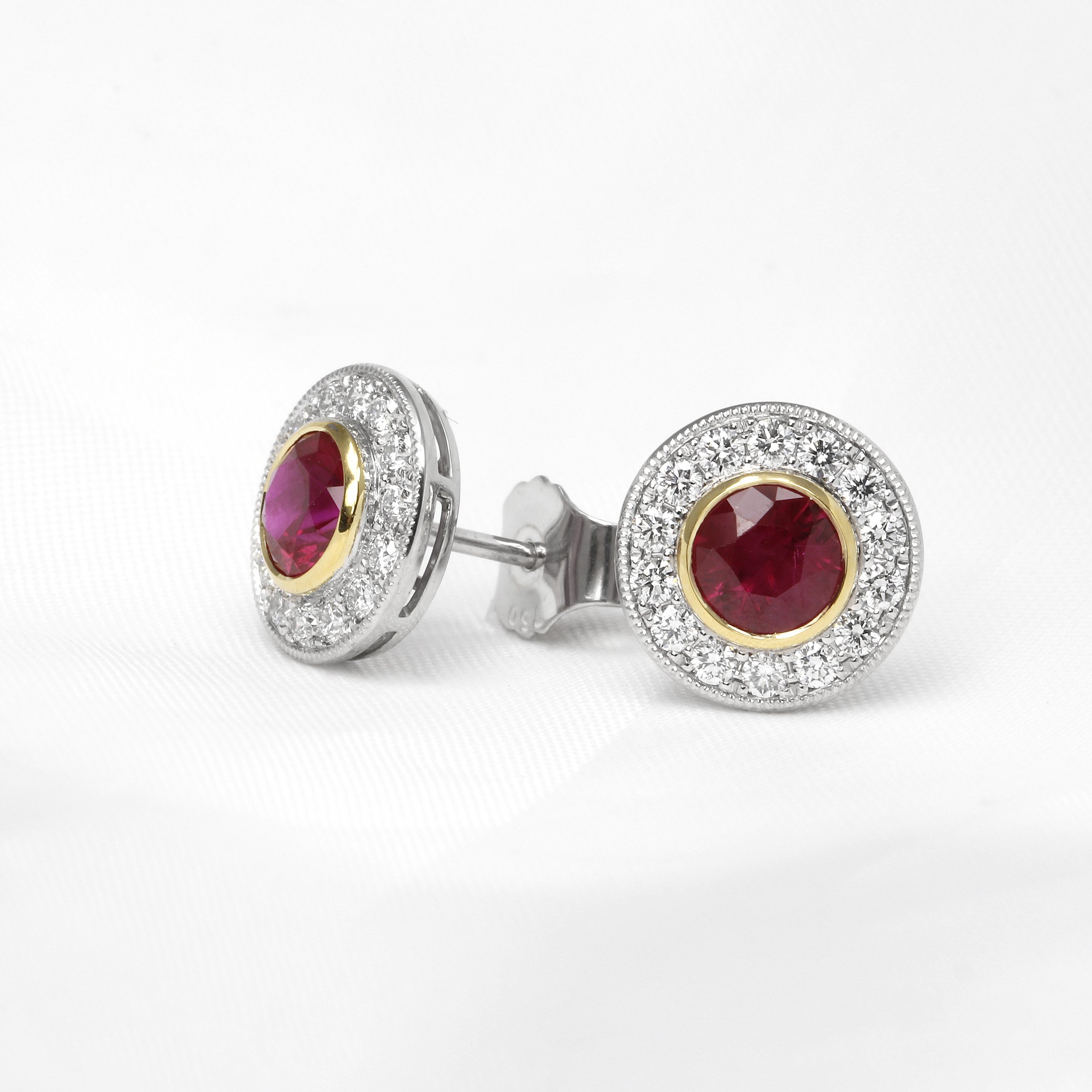All About Rubies
The King of Gems
For millennia, rubies have ignited the human imagination. With their rich, blood-red glow and deep symbolic meaning, these exquisite gemstones are far more than just beautiful—they’re steeped in history, legend, and natural wonder. From royal crowns to contemporary jewellery, rubies have always commanded admiration. In many cultures, especially across the Far East, they’ve earned the reverent nickname: The King of Gems.
What Is A Ruby?
Rubies are a variety of the mineral corundum (aluminium oxide), with their iconic red colour resulting from traces of chromium. While all other colours of corundum are classified as sapphires, only the red variety can be called a ruby—a distinction that adds to its prestige. Before gemmological knowledge and testing equipment existed, spinels and garnets were often misidentified as rubies, the famous being the Black Prince's ruby, a large red spinel, not a ruby, set in the Maltese cross in the front of the imperial state crown of England.
The Colour Spectrum
The most coveted rubies are not merely red—they exhibit a vivid, intense hue often described as “pigeon blood red.” This particular tone is rare and commands a premium price. However, rubies come in a range of colours, from bright red and purplish-red to deep pinkish-red and darker, garnet-like shades.
There is ongoing debate in the gem industry about where a pink sapphire ends and a ruby begins. It’s a subjective distinction, but deep saturation and the iconic pigeon blood tone are key indicators that you’re looking at a true ruby of premium quality.
A Symbol of Passion and Power
Ruby is the birthstone for July and has long symbolised passion, power, and protection. In ancient India, rubies were believed to offer peace and shield warriors in battle. Medieval Europeans wore them for health, wealth, and wisdom—and to ward off evil thoughts.
Thanks to their fiery hue, rubies are also linked with love, vitality, and emotional intensity, making them popular choices for romantic gifts and ceremonial jewellery. They’re traditionally gifted for the 40th wedding anniversaries, signifying lasting commitment and passion.
Where Are Rubies Found?
As with diamonds, ethical sourcing has become an important part of the ruby trade. Some regions, like Sri Lanka and Australia, utilise gentler mining methods such as riverbed collection, which minimises environmental damage. Efforts are also underway to restore topsoil and adopt regenerative practices.
Rubies typically form in metamorphic rocks, pegmatites, and alluvial deposits. They’re often found as water-worn tabular crystals and pebbles in gravel beds, discovered through careful hand-sorting rather than industrial-scale mining.
Key Ruby Sources and Their Characteristics:
Myanmar (Burma) – Especially the Mogok region; famed for world-class pigeon blood rubies.
Thailand – Produces darker, more garnet-like stones.
Sri Lanka – Known for lighter, pinkish rubies that often contain rutile needles, pyrite inclusions, and colour zoning.
Mozambique – An emerging player producing vibrant, high-clarity stones.
Vietnam – Offers beautiful rubies with strong colour and clarity, though they often require heat treatment to remove bluish undertones.
Each origin gives rise to rubies with unique traits, from subtle inclusions to colour saturation and transparency allowing us to enjoy all their natural characteristics and appreciate their variety.
Rubies in Culture and Jewellery
Rubies are more than just birthstones—they are cultural icons. Traditionally given for the 40th anniversaries, they appear in all forms of jewellery: rings, necklaces, earrings, and brooches. Their association with love and nobility makes them ideal for both heirlooms and statement pieces.
One of the most legendary ruby artefacts is the Liberty Bell Ruby carved in 1976, the largest mined ruby in the world. Shaped into a bell and set with diamonds, it was stolen in 2011 and has never been recovered—only adding to its mystique in gemstone history.
Caring for Rubies
Ranking 9 on the Mohs scale, rubies are second only to diamonds in hardness, making them excellent for everyday wear. Still, a few care tips will ensure their longevity:
Clean with warm, soapy water and a soft brush.
Avoid harsh chemicals, extreme heat sources and ultrasonic cleaners, especially for treated stones.
Store separately to prevent scratches from or to other gems.
Treatments That Enhance Beauty
Most rubies undergo heat treatment to improve colour and clarity. This process can:
Remove brown or blue undertones, especially in rubies from Thailand, Vietnam, and Mong Hsu.
Reduce the appearance of silk—light-reflecting rutile or boehmite inclusions that cause haziness.
While heat treatment is widely accepted, some rubies are also fracture-filled with glass, resins, or oils to enhance clarity. These enhancements can make lower-quality stones appear more vibrant, but they are less stable and not generally preferred by connoisseurs. At Timothy Roe Fine Jewellery, we favour rubies that are heat-treated only, without fracture filling.
Conclusion
Rubies are more than dazzling red gemstones—they are nature’s masterpieces, steeped in history and rich in symbolism. Whether you’re captivated by their fiery colour, intrigued by their cultural lore, or choosing one to commemorate a meaningful moment, a ruby is always more than just a gem. It’s a story, a legacy, and a treasure worth cherishing.









